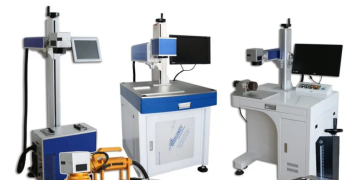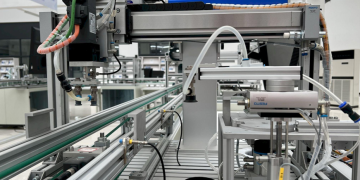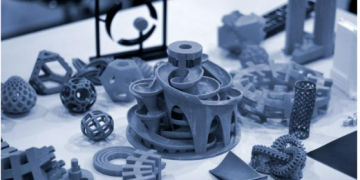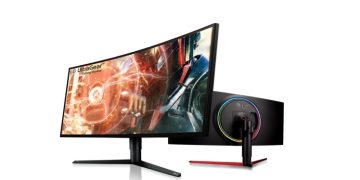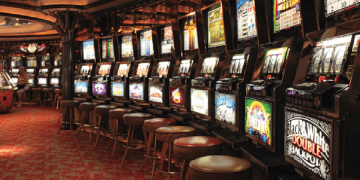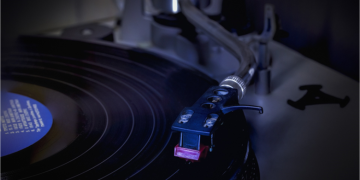What types of fuel can be used by a furnace’s heat exchanger?
A furnace’s heat exchanger is a heating system that transfers thermal energy from a source, usually natural gas or oil. However, depending on its configuration, the heat exchanger can utilize other fuels, including propane and electricity. Generally, these fuel sources are chosen based on availability, cost-effectiveness, and environmental friendliness. For example, some parts of the country are more suited to one fuel type and have resources that promote its utilization. Furthermore, certain sites with stricter regulations or requirements may mandate using a particular fuel source when installing or replacing a furnace’s heat exchanger.
What to do if I suspect a cracked heat exchanger?
It is essential to be aware of the signs that could indicate a cracked heat exchanger, such as a burning smell, higher energy bills, and no heat. Contact a licensed technician to inspect your heater immediately if any warning signs are present. The cracked heat exchanger in furnaces is incredibly dangerous, as it can lead to carbon monoxide leaking into the home and be lethal for the occupants. It is highly recommended that you install a carbon monoxide detector in your home to detect any toxicity levels in the air and take immediate action if anything suspicious arises. Fast response and early action are essential when diagnosing and fixing a potentially cracked heat exchanger and will help ensure the safety of yourself and your family.
Is a cracked heat exchanger dangerous?
Is a cracked heat exchanger dangerous? Absolutely. A cracked heat exchanger can pose a serious risk of fire, as well as health risks associated with carbon monoxide poisoning. The best way to ensure your safety is to have your heat exchanger inspected and replaced if needed by a certified heating technician. Because the cracks are often too small to detect visually, they must be tested through a pressure test or specialized equipment to detect corrosion and other problems. If an issue has been found and not addressed promptly, it is vital to ensure your home is safe and free from hazardous conditions.
How does a cracked heat exchanger release carbon monoxide?
With modern homes relying more on gas furnaces than wood stoves, knowing how a cracked heat exchanger can cause carbon monoxide to enter your home and the air you breathe is essential. When a heat exchanger becomes cracked, it can release deadly gases like carbon monoxide into the living space. Because carbon monoxide is colorless, odorless, and tasteless, many people are unaware of its presence until severe symptoms appear. By having regular maintenance done on your furnace, you can avoid this problem, as technicians can detect signs of cracking during routine inspections and replace any warm air heaters with damaged heat exchangers.
How can homeowners prevent heat exchanger problems?
Homeowners can best prevent heat exchanger problems by regularly scheduling maintenance for their HVAC system. It is vital to hire a certified HVAC professional to perform the maintenance and inspect the system for signs of damage from wear and tear, rust, corrosion, and improper installation. Homeowners should also make sure to change their air filters at least once a year, as this will help protect their heat exchanger from particles and clogs in the venting, which could damage it. These simple steps can help homeowners avoid any expensive repairs that could occur when dealing with problems related to their heat exchangers.



























